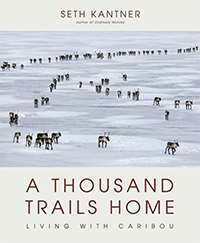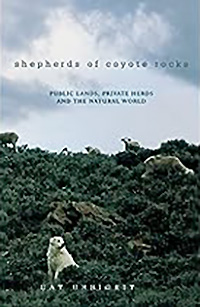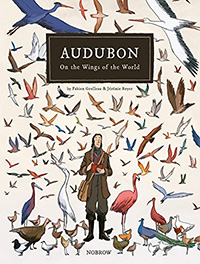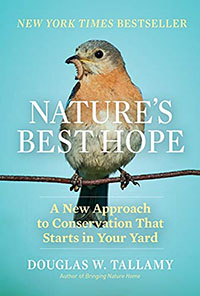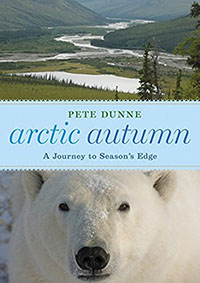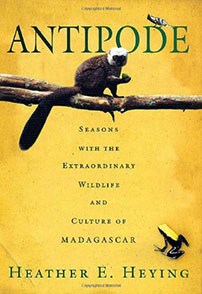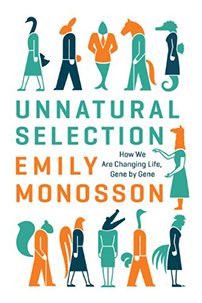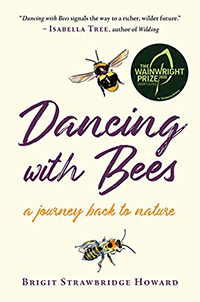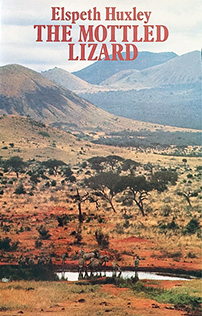The author grew up in Alaska, where his family (white folks) lived as the Natives did, in a sod igloo on the tundra, hunting and gathering food each year. Very close to the land. As he got older, his brother decided to leave for college, and when Katner had his own children, his daughter likewise left for the Lower 48. But he stayed in his father’s footsteps, only wanting to be an expert hunter, to know the animals and landscape more closely, to be there. The book varies widely in its focus: some chapters are about his family history, why and how they lived the way they did, the difficulties and sense of fulfillment in it. Other chapters are about the land, the history of people in Alaska, how arrival of Outsiders changed things, how wildlife management and land ownership has changed things, and most of all how climate shifts have changed and affected everything. But mostly it’s about the caribou. How much they depend on this one animal. Why it is so valuable to people living a subsistence lifestyle. Possible causes between a population crash in the past (which sounded like fable to Katner when older people told him about it in his youth), the abundance and growth he knew most of his life, and the troublesome reduction in numbers more recently. As much as this man loves the wildlife and hunting, he is honest about the choices he’s had to make to maintain it. Why they stopped using dog teams for the most part, and switched to machines. How thrilled he was as a teenager to finally own a modern (semi-automatic) rifle that had far more accuracy and ease of use than any weapon he’d had in the past. This was so effective in “harvesting” animals that most people overdid it. Or got careless. Leaving wounded caribou, or spoiling the meat with bad shots. How shameful that was, and yet he found himself struggling to resist the urge to continue, to just get another and another. The passage describing this impulse to keep killing and how he fought it off, was very sobering. It reminds me of reading accounts when a predator got into a pen of sheep, or a fox into a henhouse, how rampantly they slaughter- because the prey can’t flee, and suddenly it is so easy . . .
There are stories in here of people he knew growing up, and the wisdom they shared. Interesting characters. Stories of how villages changed and grew with influx of new technologies and connections to Outside. Accounts of government and politics likewise getting involved, affecting the lives of people and animals too. The historical parts interested me more than I first expected them to. I didn’t know, for example, that reindeer were introduced from other parts of the world, when caribou scarcity threatened the lives of Natives decades ago. Or how different they are now, in spite of actually being the same species. Since this is a book about a hunter, there is a lot on how the animals are butchered and their bodies used, in plenty of detail- which might put off some readers.
I recall now having read Caribou and the Barren-Lands, but the details now unclear. I wish I’d read these books alongside each other.
Borrowed from the public library.
